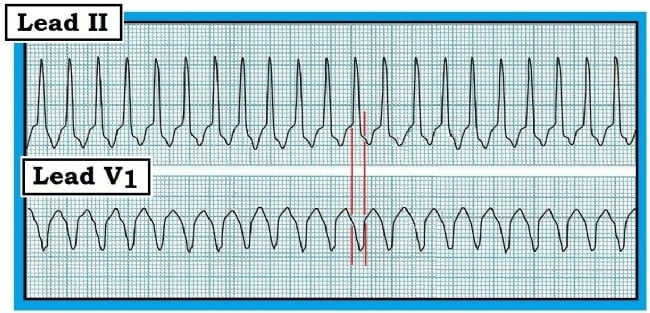A 61-year-old man presents with dysphagia and weight loss
A 61-year-old man presents with dysphagia and weight loss. On esophagogram, he is found to have a suspicious ulceration (see Figure). Subsequent endoscopy and biopsy reveal adenocarcinoma at the gastroesophageal junction (see Figure).
.png?width=283&height=249&name=image%20(88).png)
Figure.
Which of the following represents a well-known risk of adenocarcinoma of the esophagus?
- Helicobacter pylori infection
- cigarette smoking
- long-standing gastroesophageal reflux disease (GERD)
- achalasia
- alcohol use
The correct answer is:
long-standing gastroesophageal reflux disease (GERD)
Educational Objective:
Discuss GERD and esophageal cancer.
Key Point:
GERD increases the risk of adenocarcinoma of the esophagus. Alcohol and tobacco abuse are more frequently associated with squamous cell cancer of the esophagus.
Explanation:
The two major histologic subtypes of esophageal cancer are squamous cell carcinoma (SCC) and adenocarcinoma (AC). H pylori infection may be protective against esophageal cancer. SCC is associated with smoking, achalasia, and alcohol abuse. AC tends to occur in the distal esophagus and gastroesophageal junction, particularly in the setting of GERD, obesity, or Barrett’s esophagus, which is thought to be a complication of GERD.
References:
Enzinger PC, Mayer RJ. Esophageal cancer. N Engl J Med. 2003;349(23):2241-2252.
Rustgi AK. Neoplasms of the esophagus and stomach. In: Goldman-Cecil Medicine, 2016; 192: 1313-1320
This question appears in Med-Challenger Internal Medicine Exam Review with CME
Try for free and save. Ace your exams and meet your CME/MOC requirements for just $35 a month!



.png)
.png)
